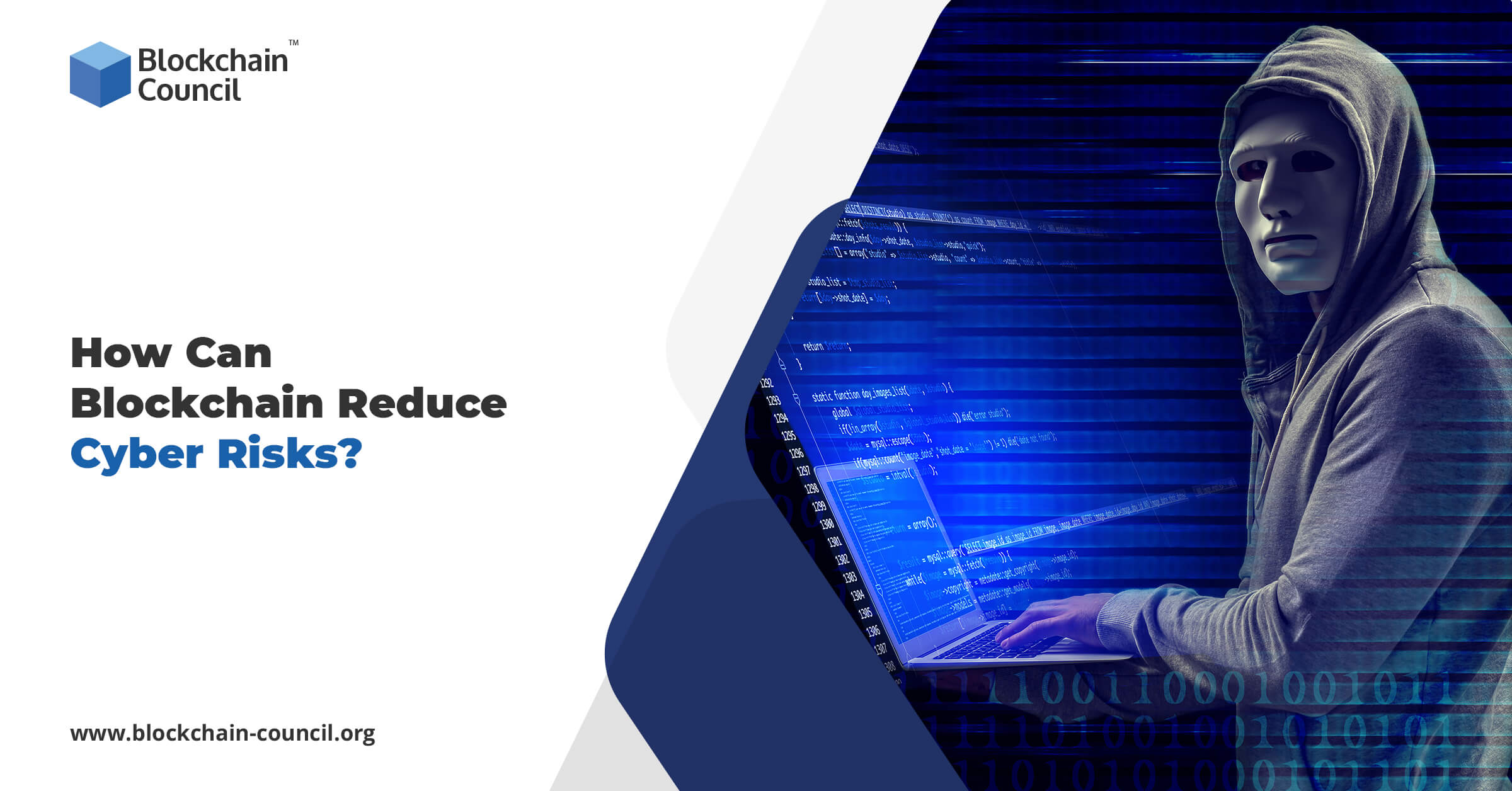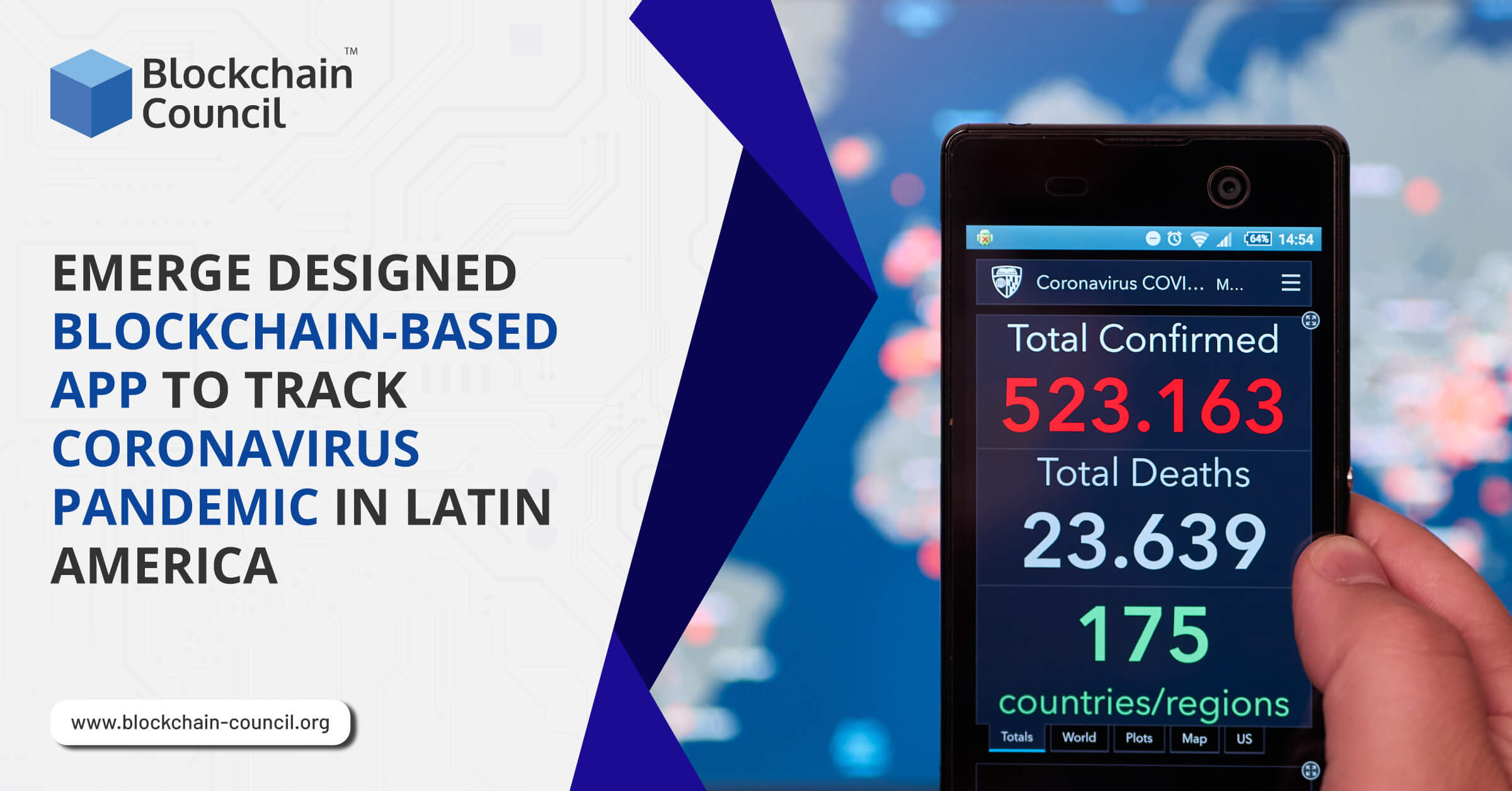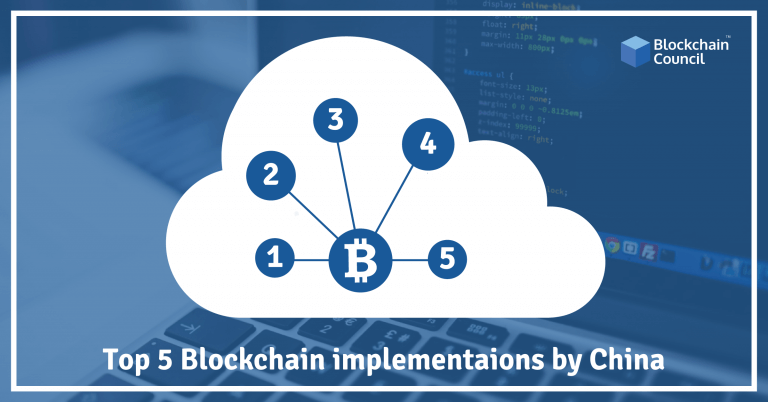
- Anshika Bhalla
- March 23, 2021
If you are new to the concept of Blockchain and wondering what roles it plays in reducing and preventing cyber risks, this article has got you covered. Let’s delve deeper and get started.
Table of Contents
- Overview
- Role of Blockchain in Combating Cyber Risks
- Concluding Lines
Overview
As technology is progressing, the vulnerability risks associated with cybersecurity are catching up at a rapid rate. Considering the complexity and risk associated, there is an urgent need to protect the entire system.
Today, cyber-attacks have become more complicated due to advanced ransomware and the increasing threat of professional cyber organizations. Blockchain is gaining momentum these days as a result of the rising incidence of cyberattacks. Blockchain describes itself as a peer-to-peer(P2P), decentralized distributed ledger that operates without involving any central authority. Due to its decentralized, immutable, and transparent nature, Blockchains can help in improving cyber defence and preventing fraudulent activities from taking place.
Want to gain an in-depth understanding of Blockchain and become a Certified Blockchain Expert? We are here to assist you.
Role of Blockchain in Combating Cyber Risks
Let’s delve deep and explore the role of Blockchain technology in reducing and preventing cyber risks.
Authentication and Authorization control
Restricting only authorized parties to access the appropriate task is one of the common concerns for organizations. In public Blockchain, there is no need to control network access as everyone has the right to participate and access the entire network. But private Blockchains require appropriate security controls to protect network access from unauthorized users. But as the technology is advancing, it is incorporating authentication and authorization controls to provide authentication, authorization, and encryption to adequately guard data access.
But what if by chance an attacker or any third-party gains access then? In that case, he will not be able to read or retrieve any information stored on the Blockchain network. Thus technology helps maintain confidentiality by utilizing cryptographic algorithms, which are hard to break.
Use-Case in Threat Intelligence
Threat intelligence is a high-level process that involves gathering valuable insights about an emerging or existing cyberthreat. But the major issue related to threat intelligence is that companies spend a lot of time researching the same threats, while others are left unnoticed. Blockchain, with its decentralization, peer-to-peer oriented architecture, can help in maintaining synchronization between different parties, thus transforming the threat intelligence process.
Moreover, Blockchain’s decentralized infrastructure also acts as an anti-tampering infrastructure that helps detect everything in real-time. Even if an attacker tries to delete every proof of his presence by deleting every log which can link him with an incident, Blockchain’s immutable design does not let it happen.
Data Consistency and Integrity
Maintaining data consistency and ensuring Integrity is crucial for all organizations and enterprises. Blockchain’s ability to offer immutability and transparency ensures data integrity. Technology makes use of sequential hashing and cryptography, and this combination makes data tempering almost impossible. The technology ensures that all transactional records are digitally signed and timestamped, meaning organizations can trace back each transaction and identify the corresponding party whenever required. In the Blockchain, non-repudiation is ensured, meaning no one can deny the transaction and behavior in the transaction, which further ensures the reliability of the system.
Ensures Accuracy and Quality of the Information
Blockchain helps prevent cyberattacks, but it also helps in ensuring accuracy and maintaining the quality of information. While it can not guarantee or enhance data quality, it is responsible for the information’s accuracy and durability after it has been entered into the Blockchain. As long as the data input is reliable, Blockchain technology can act as a powerful tool for transforming data output, as the technologies’ near real-time capabilities allow companies to validate transactional data quicker and take more constructive measures.
Ensuring Timely and Reliable Access
Availability is another use-case where Blockchain could be put to use. DDoS, being one of the most common types of attacks, can cause the most disruption to internet services, and Blockchain can provide a viable solution in dealing with this. Although technology has already suffered from a DDOS attack in the past, this is something that is not frequent.
DDoS attacks on blockchains are not regular. This is because they are costly as they strive to defeat the network with large volumes of small transactions.
Concluding Lines
As we have read, it is clear that Blockchain is much more than just cryptocurrencies. It has the potential to be applied to multiple industries as a trusted infrastructure. As far as you will dig Blockchain, you will realize its capabilities and possibilities, ranging from a vast spectrum of functionalities and covering various use cases. The true potential will be realized in the subsequent years that will decide where Blockchain will stand?
If you want to gain a complete understanding of Blockchain’s inherent security features and associated risk and knowledge of best security practices for Blockchain infrastructure, you can enroll in Blockchain Council and become a Certified Blockchain Security Professional.
To get instant updates about Blockchain Technology and to learn more about online Blockchain Certifications, check out Blockchain Council.





































































 Guides
Guides News
News Blockchain
Blockchain Cryptocurrency
& Digital Assets
Cryptocurrency
& Digital Assets Web3
Web3 Metaverse & NFTs
Metaverse & NFTs
